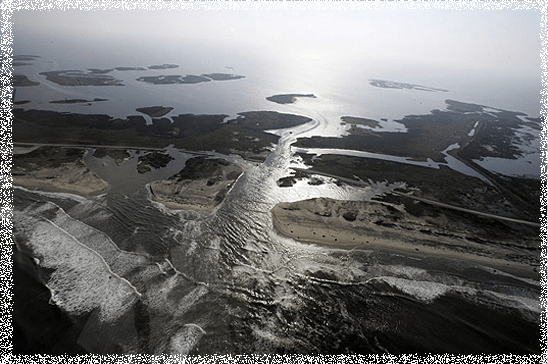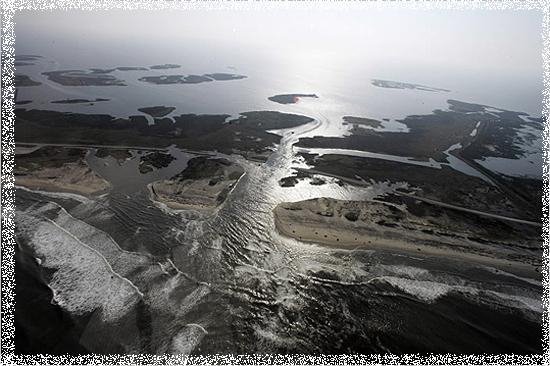
Scientists say society must adapt to higher tides and storm surges, deeper heat waves and droughts, more intense storms and changes in long-term weather patterns
By Jeff Montgomery and Molly Murray
The News Journal
WILMINGTON, Del. — Inch by inch along parts of the Atlantic Coast, global climate change is running in what scientists warn is geology’s version of fast-forward — swamping and eroding beaches, wetlands and farm fields.
Shorelines from North Carolina to Boston are in a ‘hotspot’ for sea-level rise and will see water levels rise at double the rate of most places on the planet, according to the U.S. Geological Survey. The doubling is largely because of a geologic double whammy.
The treasured lifestyle of residents along the coasts of the Mid-Atlantic could significantly change by the time this year’s high school graduates retire, scientists say.
The larger issue for taxpayers is where to spend money and energy attempting to hold back the ocean — and where to retreat and allow nature to take its course.
Humans have already changed Earth’s atmosphere by releasing vast amounts of carbon dioxide and similar heat-trapping gases from power plants, vehicles and other sources, scientists say. The resulting rise in air and sea-surface temperatures, along with melting glaciers and land ice, will push up sea levels globally by more than one-and-a-half feet by 2100.
Along the Delaware, Maryland, Virginia and New Jersey coasts, sea levels could rise faster and higher — nearly 1.5 feet by 2050 and 3.5 to nearly 5 feet by the end of the century, according to Department of Natural Resources and Environmental Control and other federal and science agency reports.
Also:
Pro & Con: Tax will blunt extreme climate change/McClatchy-Tribune News Service









